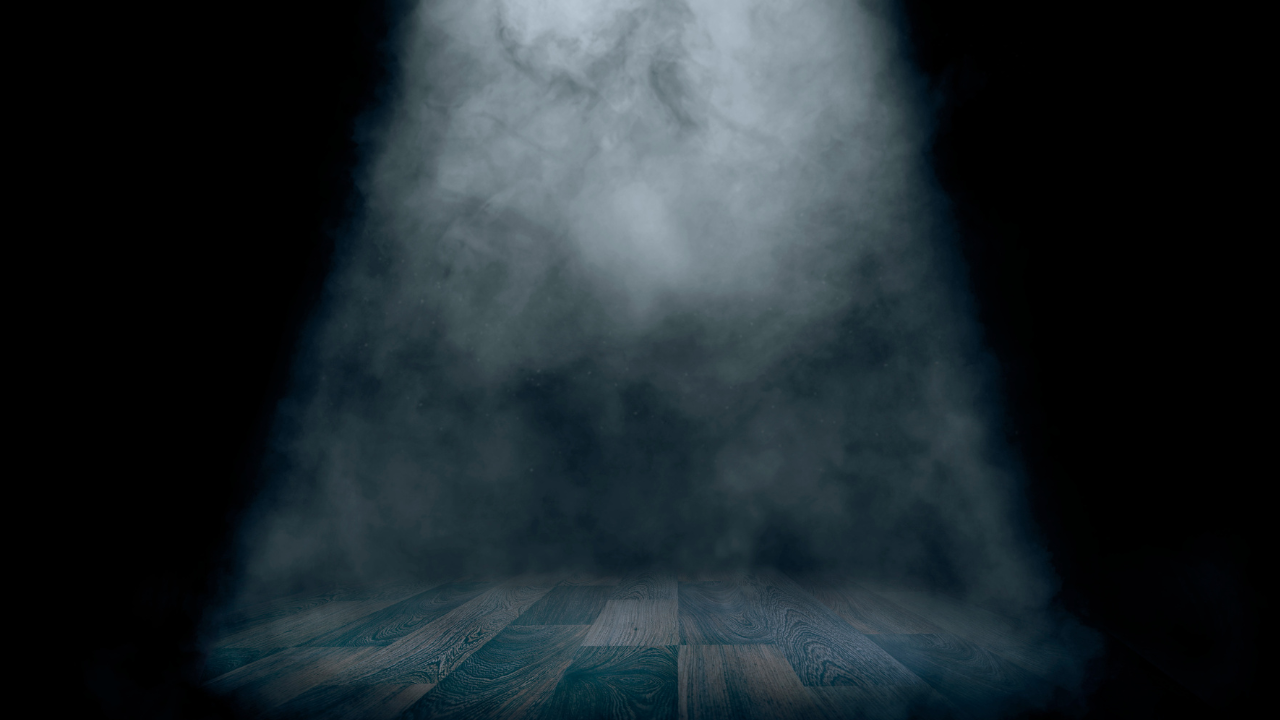Why Feeling Nervous Doesn’t Make You a Bad Public Speaker

Well, this is embarrassing…
If you’ve been following this blog for a while, you’ve probably heard many of my favorite performance anxiety tips.
As a public speaking coach, I love talking about strategies to tame those performance butterflies.
However, it’s recently been brought to my attention that I may have miscommunicated a key part of my performance anxiety philosophy.
(Which is a little embarrassing—because, you know, communication is kind of my jam.)
Where have I misled you?
Let me set the scene:
Last week, one of my clients arrived at our coaching session looking crestfallen.
I knew she had just given a big pitch that morning, and based on her face, I assumed it hadn’t gone well.
“How’d it go?” I asked tentatively.
“Not great,” she sighed. “I did everything we worked on—I set a goal, I centered myself, I told a story—but after all that, I still didn’t nail it.”
“They said ‘no,’ then?”
She looked up, puzzled. “Oh, no, they said yes to the pitch!”
Now I was the one looking puzzled.
“Wait—they said yes? Sounds like you hit your goal. So why don’t you think you nailed it?”
“Because I was still nervous.”
OOPS.
What we’ve got here, my friends, is a failure to communicate.
Here was a client who achieved exactly what she set out to do—and yet she felt she had failed, simply because she wasn’t completely nerve-free.
And that’s when it hit me: in my eagerness to share tools for reducing performance anxiety, I may have accidentally given the impression that the goal is to eliminate nerves entirely.
That’s just not true.
When it comes to performance anxiety, the goal is reduction, not elimination.
You don’t need to banish nerves forever—you just need to reduce them enough so they don’t get in the way of your performance.
You can still be an excellent speaker while feeling nervous.
Fun fact: I’m a professional actor and public speaking coach, and I always feel at least a little nervous before speaking. For me, nerves are just a signal that I care.
Also worth noting:
Feeling nervous and looking nervous are not the same thing.
People often don’t believe me when I say I still get nervous onstage—because I don’t look nervous. The truth is, I’ve built tools both to calm my nervous system and to maintain a solid poker face. Both can be learned.
I’m all about giving people tools to reduce performance anxiety. But it’s incredibly counterproductive to think of it as an enemy to be vanquished.
Because here’s the real kicker:
For many people, the biggest cause of public speaking anxiety is… the fear of getting nervous.
You feel a flutter in your stomach and think, “Oh no, I’m nervous. What if it gets worse? What if I forget my words? What if I panic?” Suddenly, the spiral takes over.
But what if we approached it differently?
What if we noticed the nerves, acknowledged that they mean we care, used our centering tools—and then reminded ourselves: I can still do a great job with an elevated heart rate.
In summary, when it comes to performance anxiety:
- The goal is reduction, not elimination.
- Feeling nervous ≠ looking nervous.
- You’re far more likely to spin out if your goal is to be 100% nerve-free.
Hopefully, that sets the record straight. Thank you for going with me on that journey. It felt like an appropriate topic for October.
After all, it’s spooky season—but when it comes to public speaking, you don’t have to be scared of what goes bump in your chest.
Warmly,
Sara

Sara Glancy is an NYC-based actor and public speaking coach and the founder of Speak Masterfully, a service that helps professionals take the stage with less fear and more fun!
Want to nail your next presentation?!
Apply this basic outline to any speaking engagement to feel twice as prepared in half the time!


